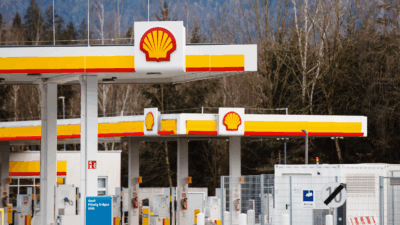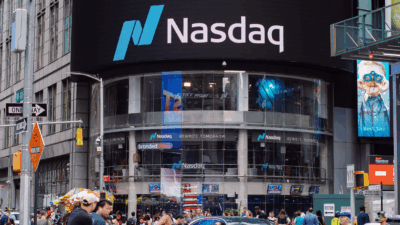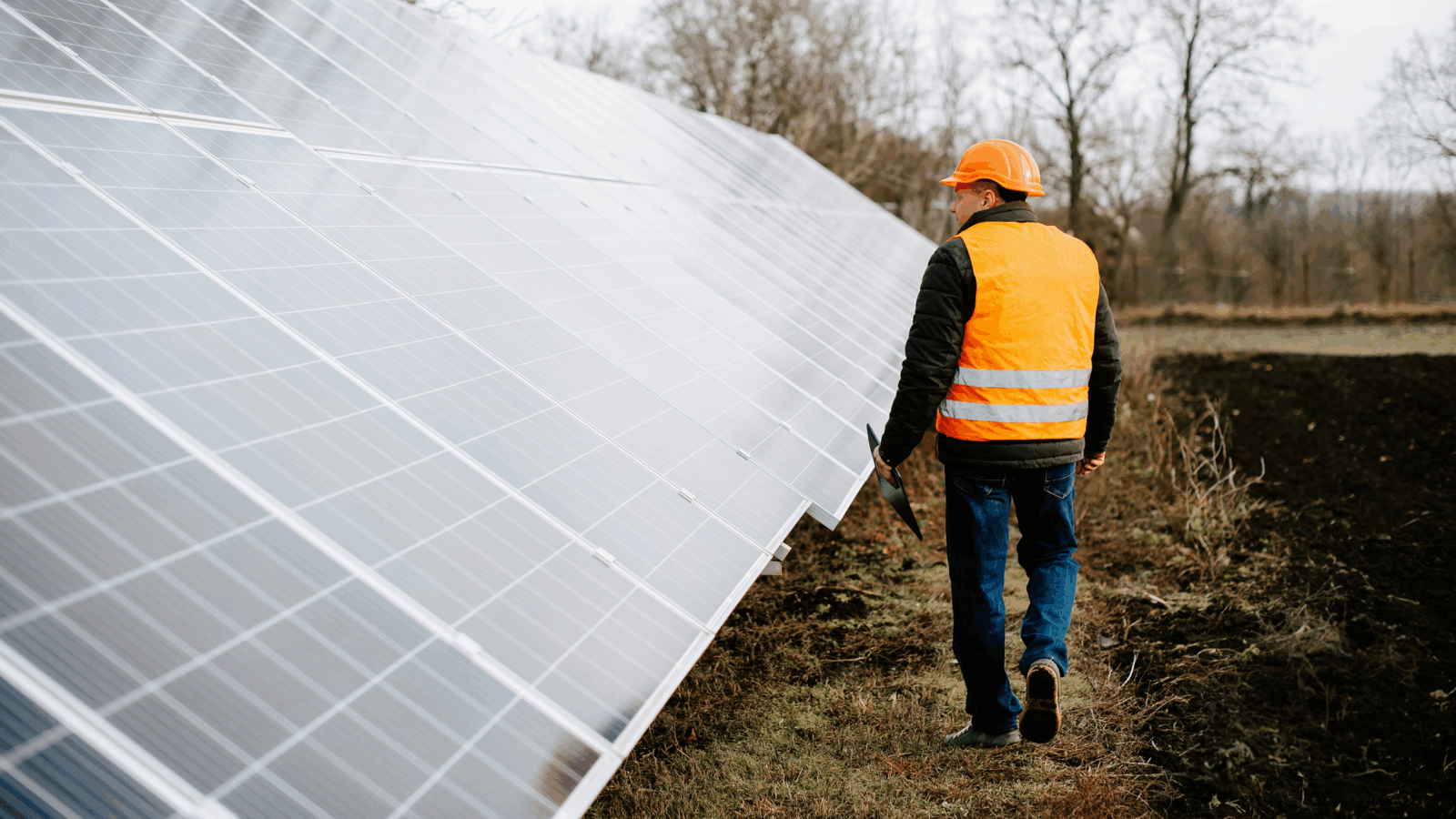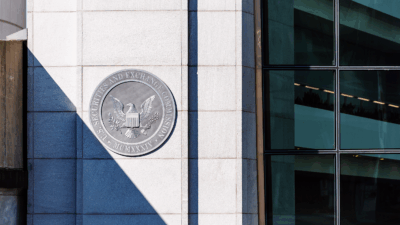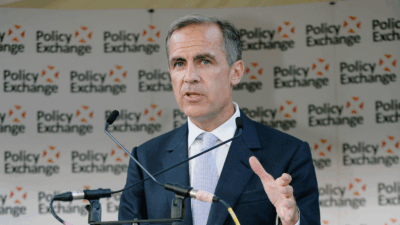Droughts are Making Water, Earth’s Most Vital Liquid, an Increasingly Solid Investment

Sign up for smart news, insights, and analysis on the biggest financial stories of the day.
It’s been almost nine months since Wall Street turned on the taps — with the launch of the Nasdaq Veles California Water Index on December 7th, 2020, investors have been able to bet on the price movement of water.
The real-world droughts that followed have made for an oasis of opportunity.
Liquid Gold
As droughts and wildfires hammered the U.S. West Coast, California declared a state of emergency in April, and last month asked residents to cut their water use by 15%. As of July 31, California’s major reservoirs held just 53% of their historical averages. While the circumstances bode poorly for the verdant lawns and gardens of Hollywood’s rich and famous, the new H2O futures market is thriving:
- The Nasdaq Veles Index, which represents the average price of water-rights transactions across California, has risen 87% this year to over $923 per one-acre foot (or per 325,851 gallons of water).
- There are roughly 65 water funds globally, with a combined $35 billion in assets under management. And the Invesco Global Water exchange-traded fund, which tracks firms producing water purification and conservation products, is up 22% this year.
“The path of least resistance for water prices is higher, as water scarcity is already a concern in certain areas around the world, and we believe that water as a commodity is gaining more traction,” Deane Dray, a managing director at RBC Capital, told Barron’s.
Scramble to Save: Half of the companies on each of America’s four major stock indexes are in industries with medium-to-high water risk, meaning water conservation is rapidly becoming a corporate priority. Pepsi, for example, recently announced plans to replenish 100% of the water it uses in manufacturing in high-risk areas by 2025.





